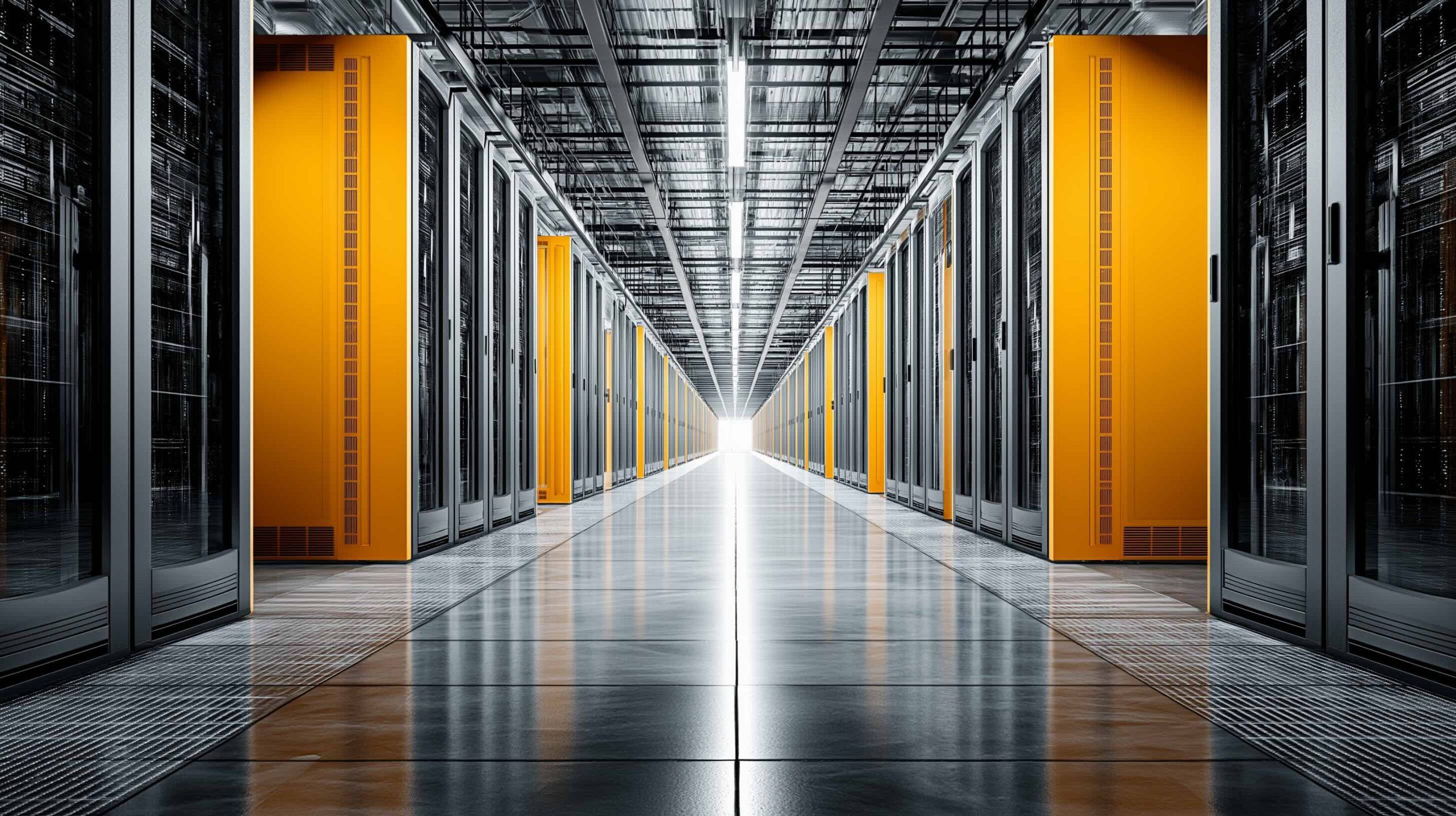
China’s DeepSeek Unveils AI Model Halving Costs by 50% – The ‘Sparse Attention’ Revolution
DeepSeek’s New V3.2-Exp Model Hangzhou-based DeepSeek burst onto the AI scene earlier in 2025 with its R1 model (a heavily RL-trained chatbot) techcrunch.com. This time, DeepSeek’s announcement focuses on efficiency. On Sept. 29 the company published a post (on Hugging






